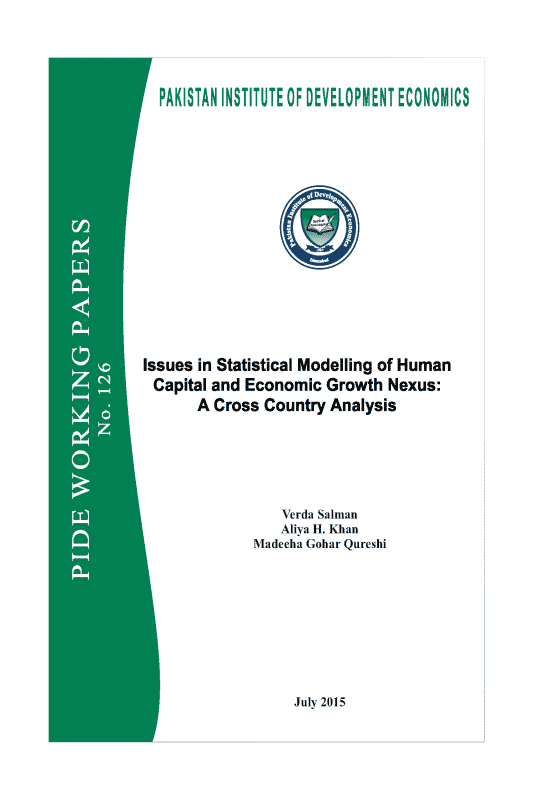Issues in Statistical Modelling of Human Capital and Economic Growth Nexus: A Cross Country Analysis
The human capital and growth relationship has been subject to a lot of debate in economic literature. The empirical growth models are beset with problems ranging from theoretical frameworks and statistical modelling to estimation procedures. Due to non-availability of precise human capital variable, theoretical knowledge fails when pitched against empirical data. This paper is an endeavour to answer four main questions that have prominently figured out in this debate: Is there a direct interplay between human capital and growth or not? Are parametric techniques incapable of capturing nonlinear aspects of human capital-growth relationship as compared to semi parametric techniques? Are estimates of human capital sensitive to proxy of human capital variables? Are estimates of human capital sensitive to estimation techniques? A data of 32 developing countries has been taken as sample for this study. Our findings reveal that human capital has a well established role in accelerating growth through both its ‘level effects’ and ‘rate effects’. The results are not sensitive to definition of education variable but are rather technique dependent. The semi parametric model provides sufficient evidence for non linearity in human capital-growth relationship contrary to parametric models.




